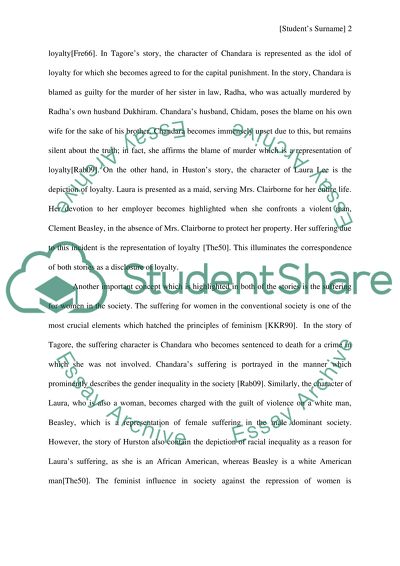Cite this document
(“Punishment by Tagore and The Conscience of the Court by Huston Essay”, n.d.)
Retrieved de https://studentshare.org/literature/1486814-compare-and-contrast
Retrieved de https://studentshare.org/literature/1486814-compare-and-contrast
(Punishment by Tagore and The Conscience of the Court by Huston Essay)
https://studentshare.org/literature/1486814-compare-and-contrast.
https://studentshare.org/literature/1486814-compare-and-contrast.
“Punishment by Tagore and The Conscience of the Court by Huston Essay”, n.d. https://studentshare.org/literature/1486814-compare-and-contrast.


